Considering this coax cable open end reflection. What are the correct explanations for the flatter rise time, the rounding of the first reflection, and the much smaller what I assume to be secondary reflection?

EDIT:
Cable: ~100m 50ohm "m17/028-rg-58"
Scaling is 500ns/div.
Signal: 100kHz square wave.
EDIT 2:
EDIT 3:


